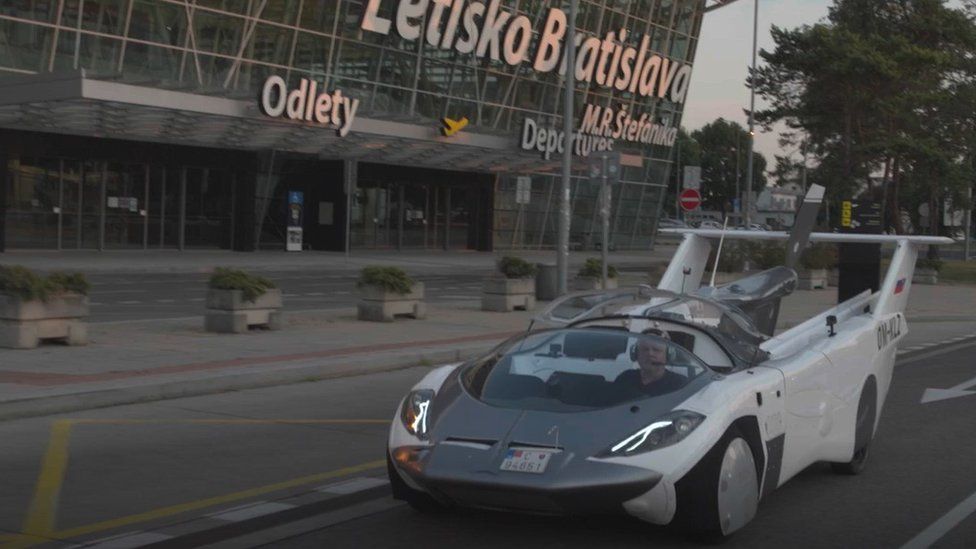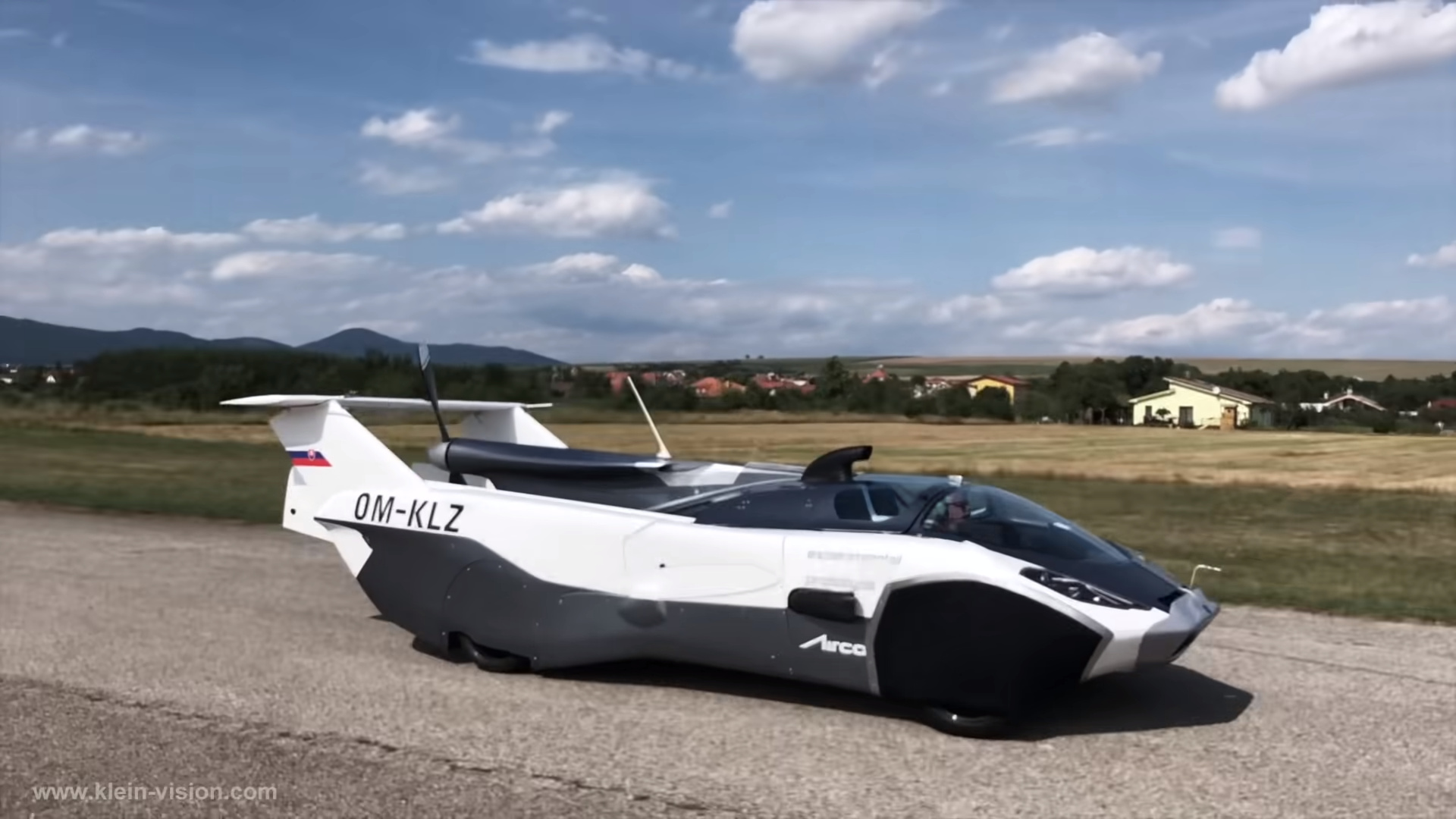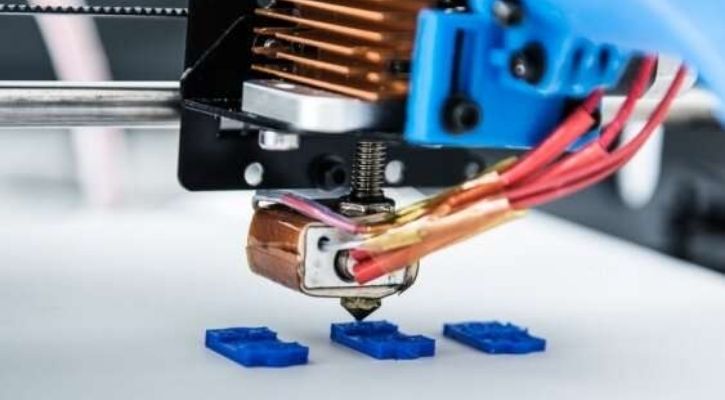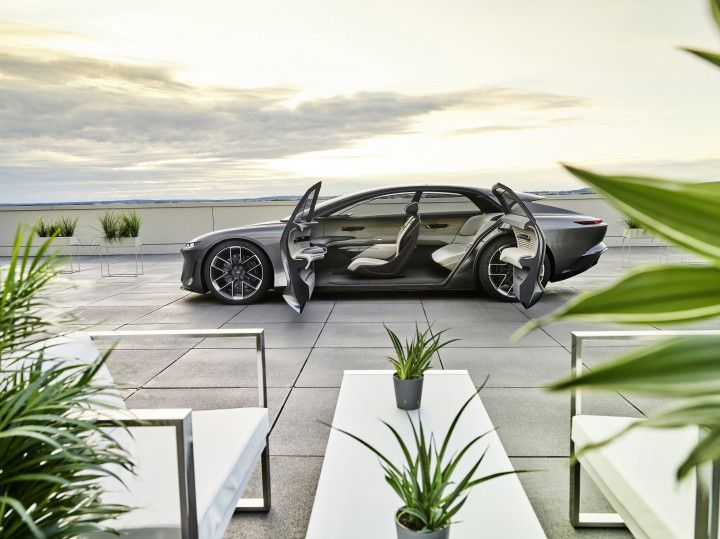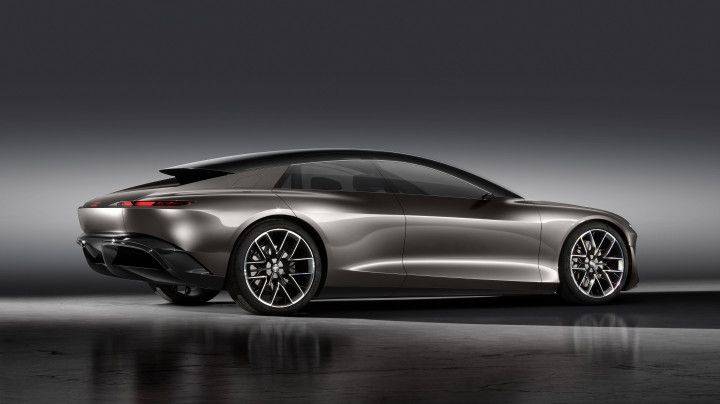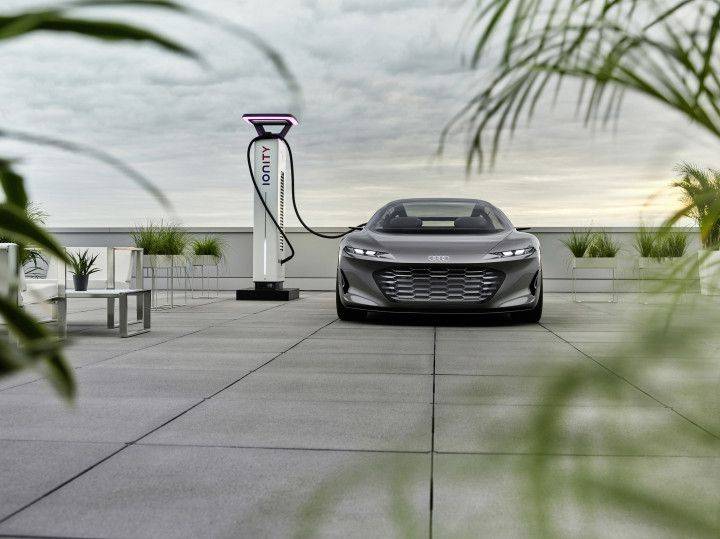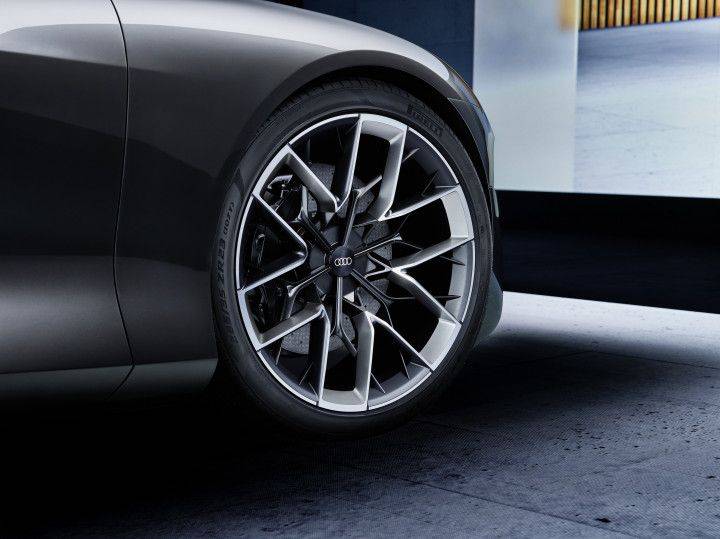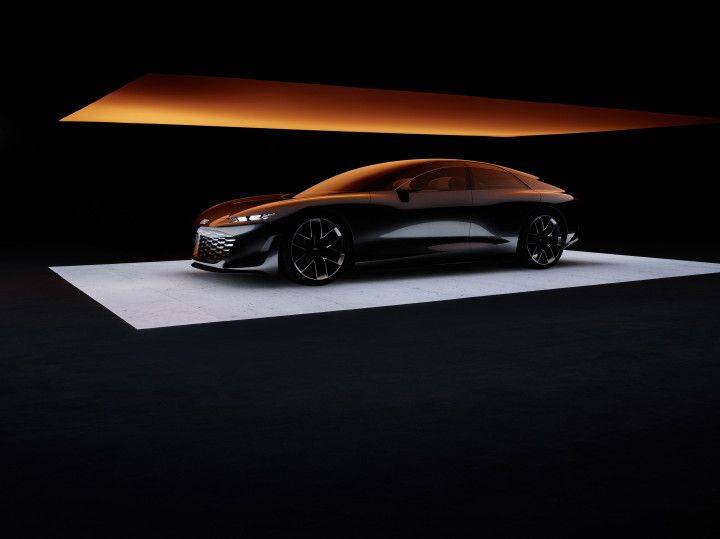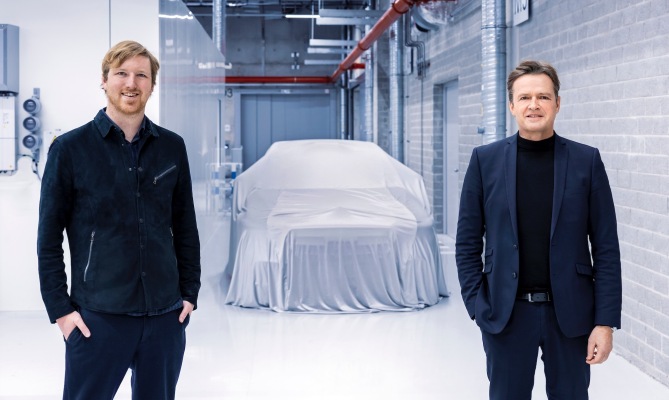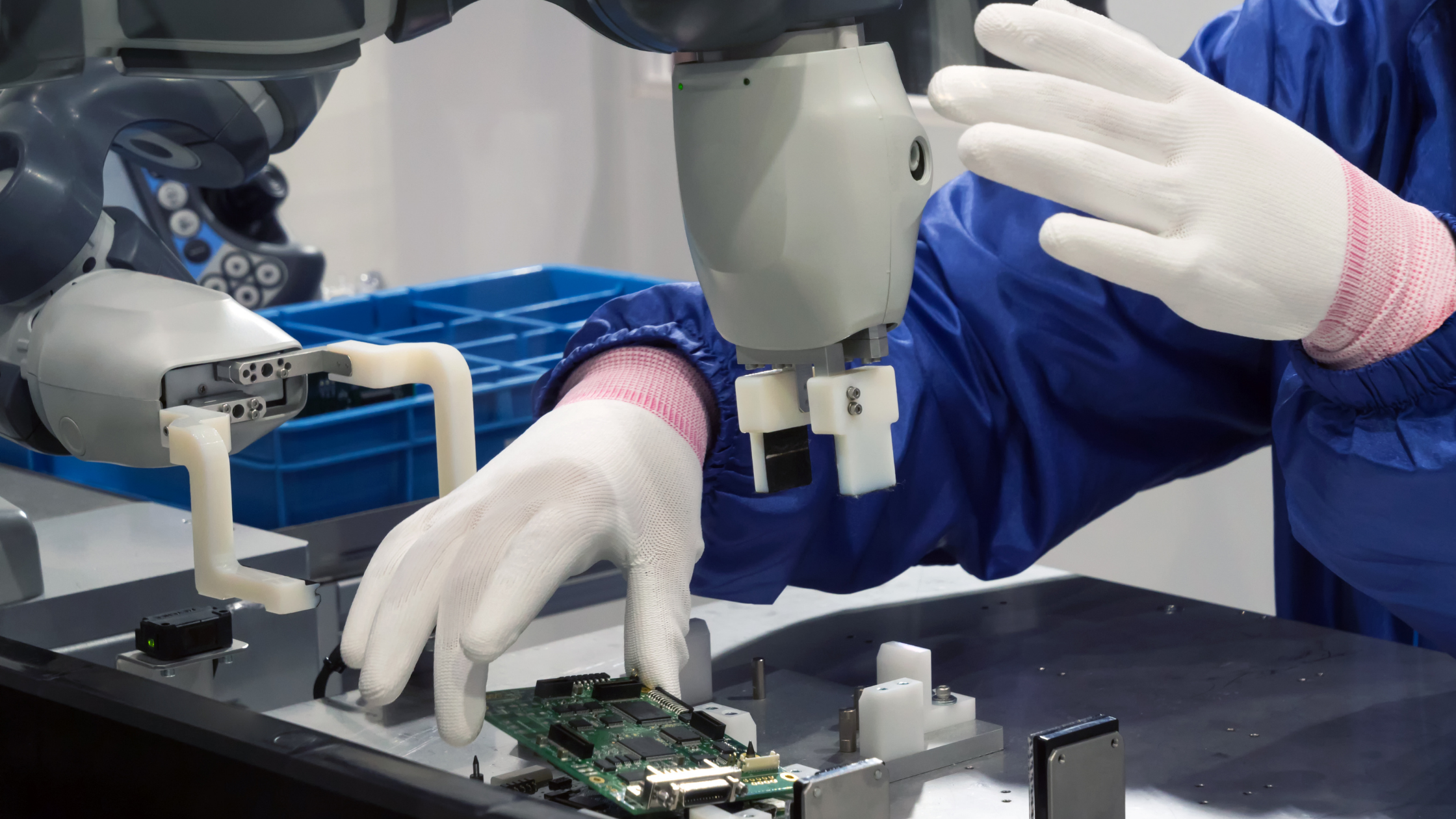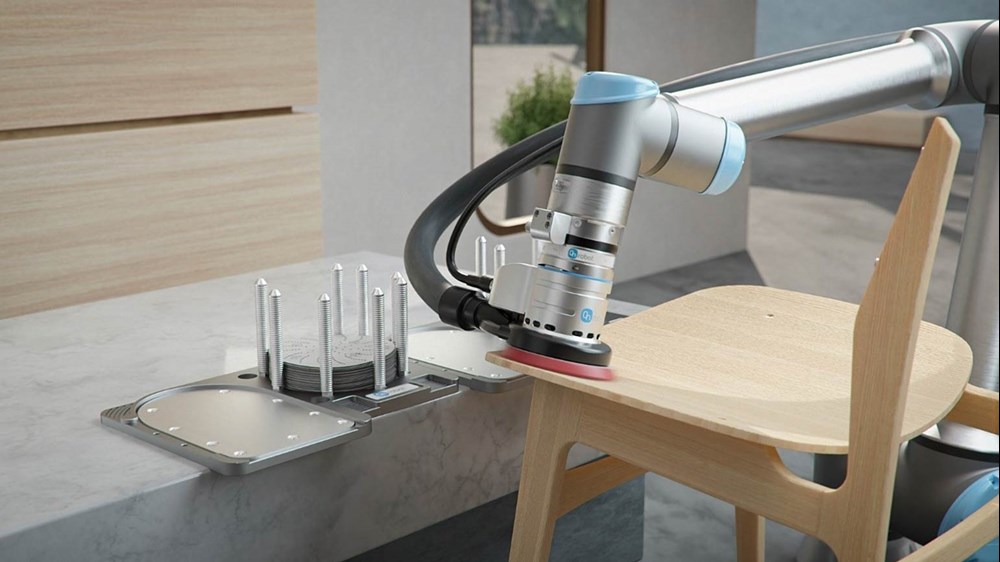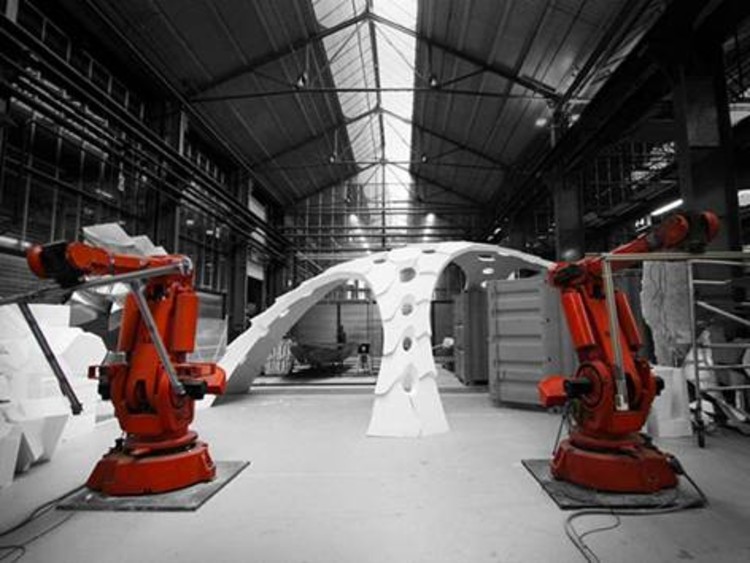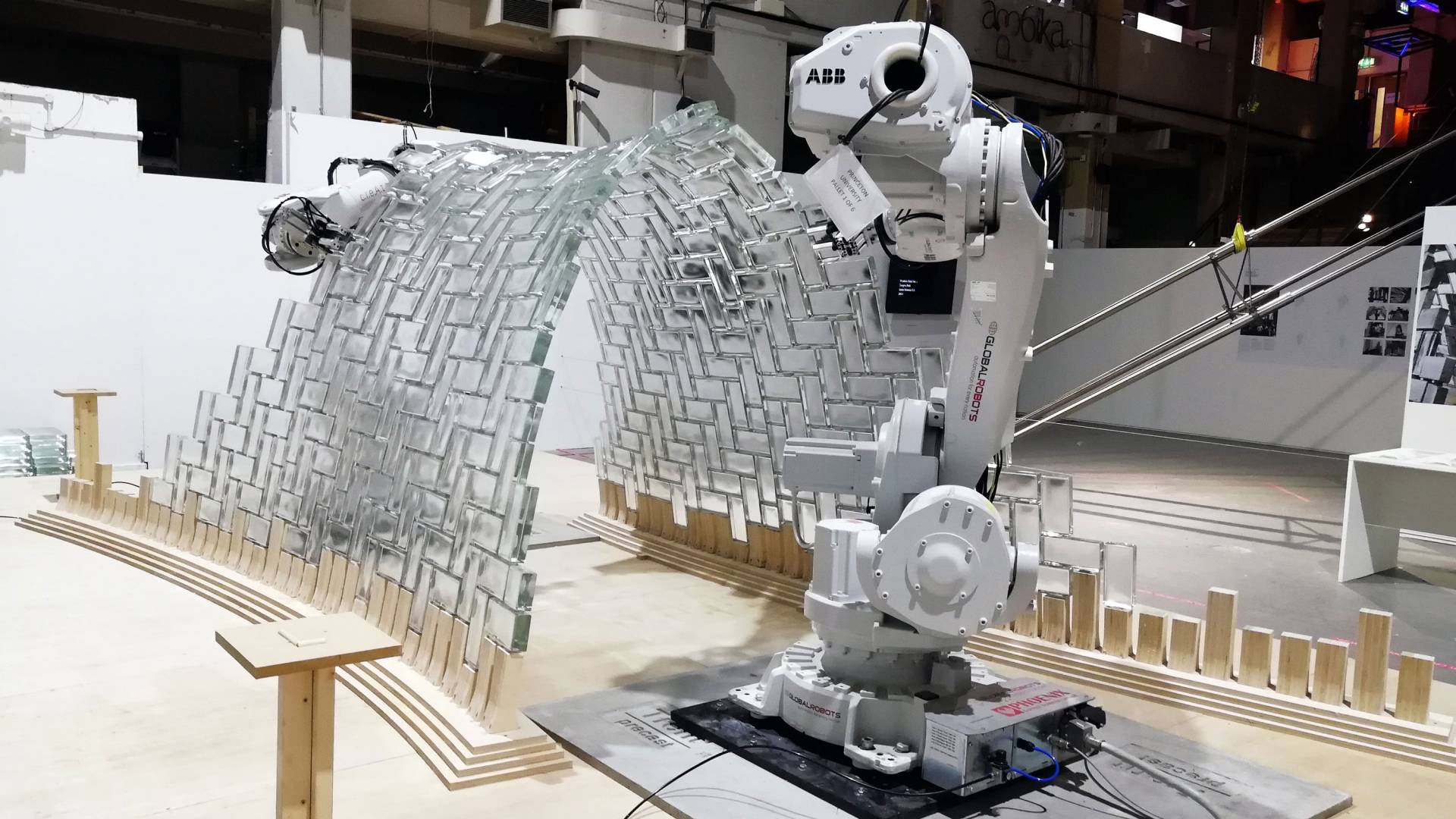
With electric vehicles becoming more mainstream each year, and few capacious EV options for families, the 2024 Volkswagen ID.Buzz aims to address a largely untapped market. The design of the ID.Buzz commemorates the German company’s iconic Type 2 Microbus—or VW Bus for short—which inspired the new van’s retro design. Along with its uniquely nostalgic exterior aesthetic, its spacious cabin will feature flexible seating and three rows. The ID.Buzz’s all-electric powertrain will come in rear- and all-wheel-drive configurations, delivering a driving range that’s expected to be around 260 miles. Plugged into a DC fast-charger, VW says the van will be able to charge its battery from 5 to 80 percent in 30 minutes. The company also eventually plans to introduce its plug-and-charge technology that essentially eliminates the need to use an app or a card for payment to unlock the charger.
When the ID.Buzz goes on sale in the U.S. in 2024, it’ll mark the Volkswagen van’s long-awaited return to our shores. While we’ve now seen official photos of the new microbus, the company still hasn’t disclosed a ton of details, specifically regarding the American version. However, much of that information should start to be revealed later this year, if not sooner.
VW hasn’t said how much the ID.Buzz will cost or what trim levels will be offered. However, current market pricing for EVs leads us to expect it will start at around $40,000.
The ID.Buzz will ride on Volkswagen’s Modular Electric Drive (MEB) platform that currently underpins corporate products such as the Audi e-tron crossover and the VW ID.4 crossover. While Europe will get both a commercial and passenger version of the ID.Buzz, America will only get a long-wheelbase passenger one. The base model will feature a single, rear-mounted electric motor that makes 201 horsepower and 229 pound-feet of torque. A dual-motor, all-wheel-drive configuration with around 295 horsepower–similar to the current ID.4–will also eventually join the lineup. We’ve driven a prototype version of the European cargo van, which has a shorter wheelbase and smaller battery than the one we’ll get in the U.S., but it still gave us a better idea of what to expect.
VW has released few details about the ID.Buzz’s battery pack, specifically the one that’ll be used on U.S. models. The company has only said that the battery will be larger than the 77-kWh pack that powers the upcoming European model. We expect that the American ID.Buzz will have at least 260 miles of range per charge. VW claims that those who plug into a DC fast-charger will be able to charge from 5 to 80 percent in as little as 30 minutes.

One of the defining details of the ID.Buzz is its cavernous and configurable interior. The front seats feature adjustable armrests as well as tables that fold out of the backrests for rear-seat passengers. There’s also a removable center console between the front seats. VW says the U.S. version features three rows standard with seating for seven. An adjustable load floor can be fitted in the cargo area, too, which offers 40 cubic feet of storage space. The ID.Buzz’s standout standard features include a 10-inch digital gauge cluster, but the top options include customizable ambient lighting and a set of massaging front seats.
The VW van’s infotainment system primarily operates through a touchscreen that sprouts from the middle of the dashboard. The standard screen size is 10.0 inches, but a 12.0-inch display is optional. We also expect the ID.Buzz to have standard Apple CarPlay and Android Auto and possibly some sort of rear-seat entertainment system. A subscription-based Wi-Fi hotspot and wireless device charging should be on the roster, too.


